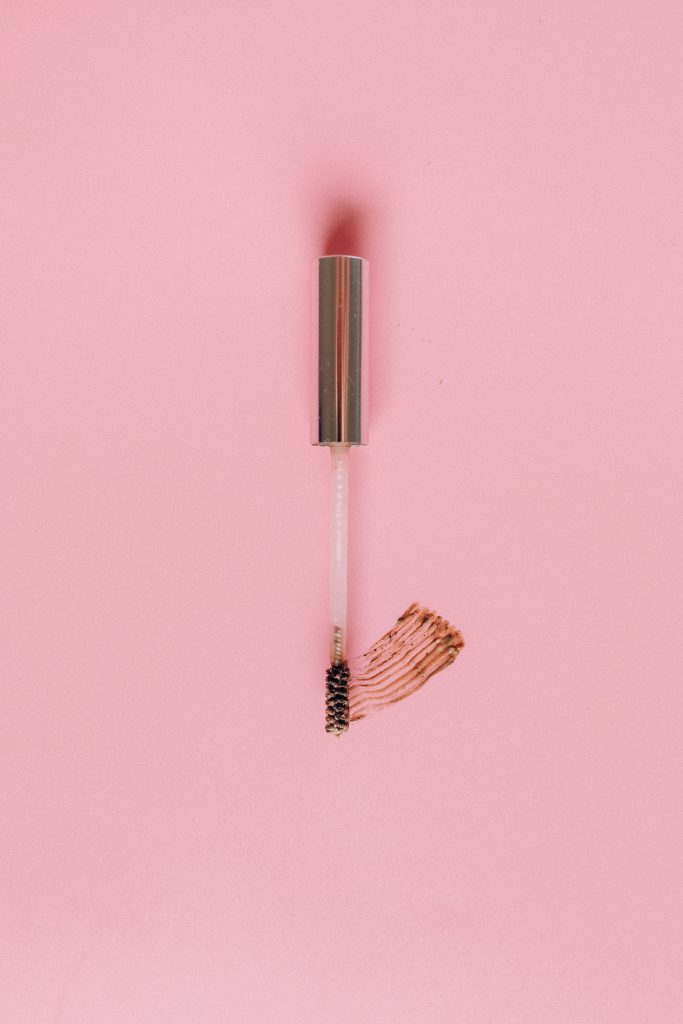Everything You Should Be Aware Of About Preservatives

The FDA has declared that preservatives, such as those commonly used in face creams or mascara, are intended to contain the development of micro-organisms and maintain product integrity for safe usage. As a result, their use is strictly regulated by federal law and approved only when passed under the cosmetic provisions of the relevant legislation.
Natural preservatives like Radish Root and Potassium Sorbate, along with synthetic preservatives, are often incorporated into organic skincare lines to prolong their product’s shelf life. However, products that are totally free of preservatives can be hazardous if they contain any water as these items tend to expire quickly. Keep in mind that this is simply an overview on the use of preserving agents within skincare; it should not be interpreted as a DIY guide under any circumstances.
Popular Synthetic Preservatives
- Benzyl Alcohol*
- Phenoxyethanol*
- Sodium Benzoate*
- Gluconolactone*
- Chlorophenesin
- Parabens
- Potassium Sorbate
- DMDM Hydantoin
- Triclosan
- Imidazolidinyl Urea
- Diazolidinyl Urea
- Sorbic Acid
- Methylisothiazolinone
- Sodium Dehydroacetate
- Dehydroacetic Acid
- Quaternium – 15
- Sodium Metabisulfite
- Chlorhexidine
- Chlorhexidine Digluconate
- Benzalkonium Chloride
- Sodium Salicylate
- Citric Acid
- Lactic Acid
Nature provides us with a vast array of preservative options
To produce the safest products, many skin care companies combine natural anti-fungal and antibacterial ingredients with traditional preservatives. Below you’ll find a few examples of commonly used preservative elements; however, there are countless combinations that can be safely utilized to preserve your product. To ensure these recipes remain effective during production, each formula is sent for 28 day Preservative Efficacy Testing before being further Micro Tested in every batch manufactured.
- Radish Root*
- Potassium Sorbate*
- Essential Oils
- Neem Oil
- Sweet Orange Oil
- Vitamin E
- Rosemary Extract
Note; 100% Pure’s expert skincare and mineral makeup is regularly used to achieve the best results.
Is It Safe, Preservatives?
Preservatives are a must-have when it comes to making safe, non-toxic cosmetics. Similarly to food, skincare and cosmetic items can easily go bad with time or contamination if left unprotected. Consider this: after you put on mascara with the wand, then dip it back into the tube – those cells from your eye now enter back into the product itself! This is why preservatives are needed in order for us to keep our makeup clean and hygienic for daily use.
When using eye cream, it is imperative to ensure that your hands are washed before each use; otherwise, the introduction of bacteria could significantly reduce the efficacy of your product. Although preservatives only make up a minuscule component of these products (ranging from 0.1% to 1%), this small amount can be vital in balancing microbial growth and avoiding potential sensitization or irritation.
Safeguarding Your Makeup from Contamination – Essential Steps to Take!
To protect your beauty products from microbial propagation, it is essential to choose supplies that include a preservative system. Additionally, there are added steps you can take to ensure the longevity of your supply and prevent bacterial growth.
- To ensure the safety and hygiene of your cosmetics, be sure to avoid sharing them with others. Moreover, make a habit out of cleaning brushes between uses, as well as using individual applicators for lip glosses and mascaras.
- By no means should you add water to your cosmetic or skincare products; the FDA has cautioned that this could bring about unwanted bacteria as well as weaken prescribed preservatives in the product.
- Keep your containers sealed and secure when not in use to preserve the integrity of their contents.
- Keep your containers sealed and secure when not in use to preserve the integrity of their contents.


